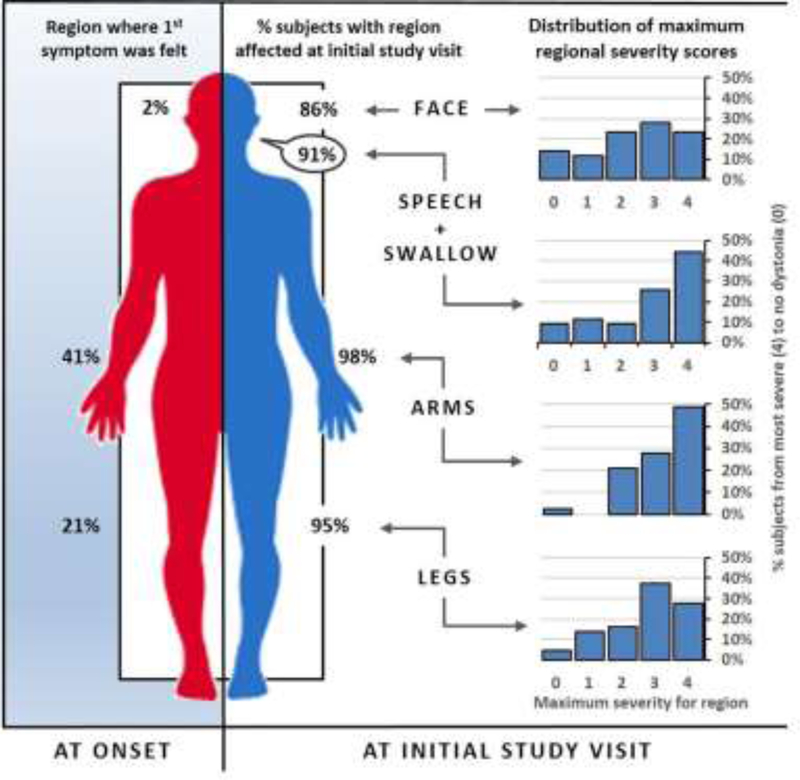Figure 2: Subjects with ATP1A3 mutations show progression to diffuse involvement without a rostrocaudal gradient of severity.
Predominance of dystonia by body region at onset (Left) and at initial study visit in symptomatic carriers (Right). Dystonia at initial study visit is subdivided into variation in carrier severity scores at a given region, and the percentage of carriers with moderate dystonia or greater at a given region. Carriers showed diffuse involvement without a clear rostrocaudal gradient of dystonia severity at the initial study visit. Symptoms typically began focally in arms or mouth, but were diffuse by initial study visit. All regions were affected in at least 85% of carriers but were not equally affected. Subjects most often displayed significant (moderate to severe) dystonia in their arms (77%) or speech or swallowing (70%). Fewer subjects scored in the moderate to severe range with respect to their legs (65%) or face (51%). Dystonia severity was derived from BFMDRS scores. Further detail on gradient calculation methodology is given in Supplemental Methods.

